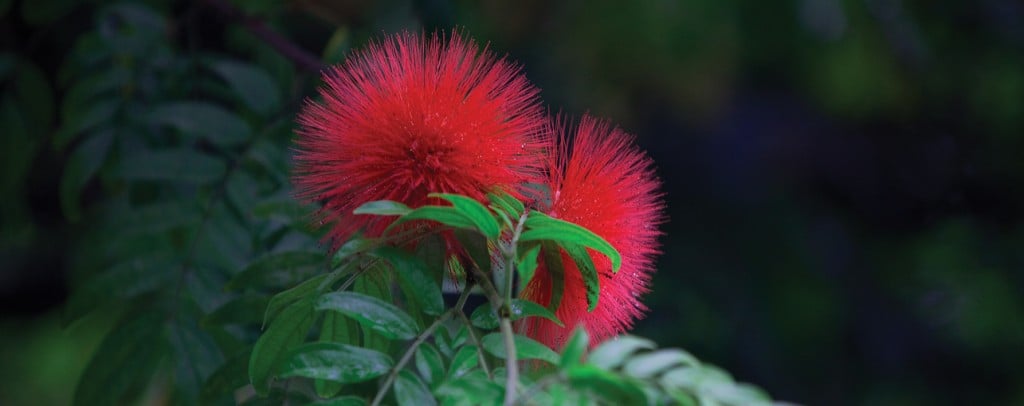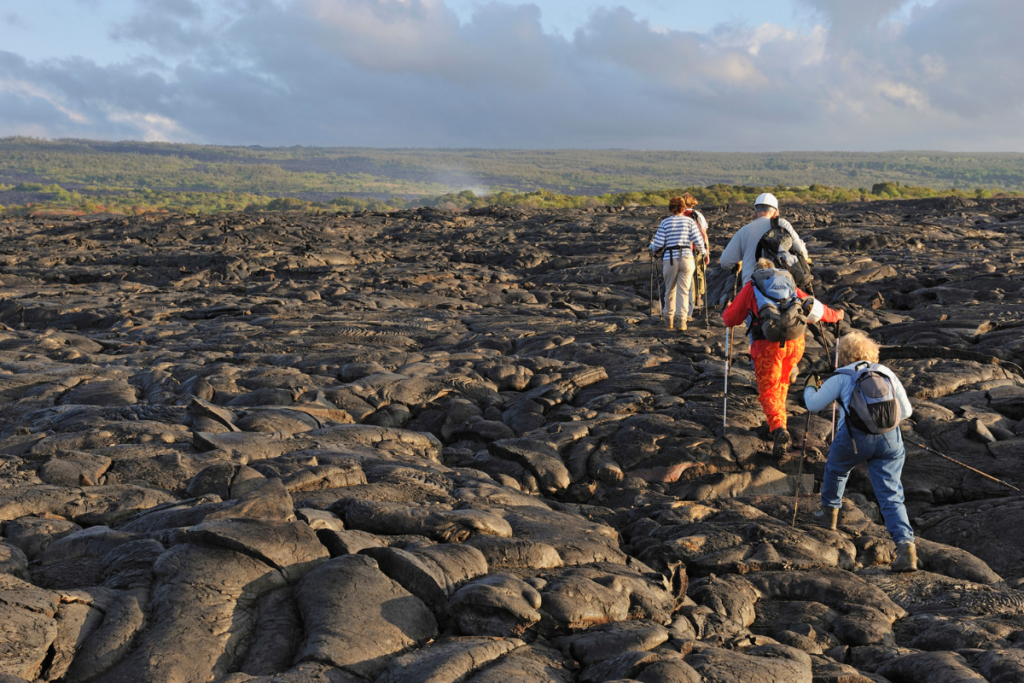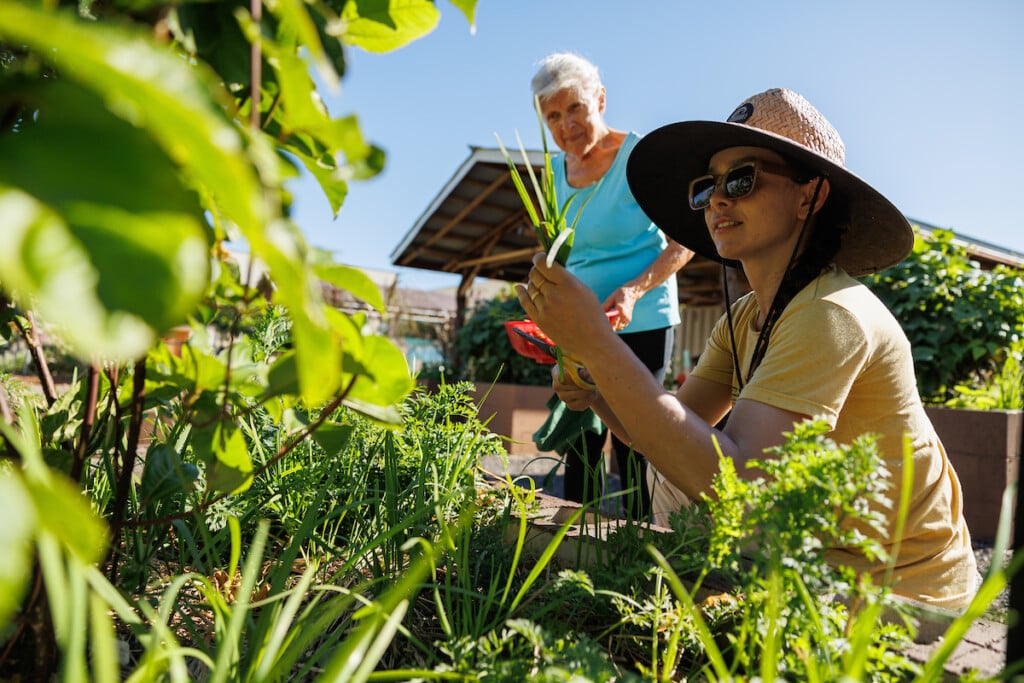Hawaii enacts a permanent quarantine on Ohia
The state is trying to stop the spread of rapid ohia death, a disease destroying the native ohia forests on Hawaii Island.

Administrative rules prohibiting the movement of ohia and soil from Hawaii Island became permanent at the end of 2016. The rules impose permanent quarantine restrictions on the intrastate movement on ohia and other material that may spread rapid ohia death (ROD), also known as ohia wilt, which is destroying the native ohia forests on Hawaii Island. These permanent rules replace the emergency interim rules established in August 2015. To date, the disease has only been detected on Hawaii Island.
The permanent rules restrict the movement of the following from Hawaii Island:
• ohia plants,
• ohia plant parts including: flowers, leaves, seeds, stems, twigs, cuttings, untreated wood, logs, mulch greenwaste and frass (sawdust from boring insects, such as beetles); and
• soil
Movement of ohia material and soil from Hawaii Island requires inspection and a permit issued by the Plant Quarantine Branch of the Hawai‘i Department of Agriculture (HDOA). Testing and quarantine of some items may be required. Shippers may contact the Plant Quarantine offices in Hilo at (808) 961-9393 or Kona at 808-326-1077 for more information.
Any person who violates the rule may be charged with a misdemeanor and fined not less than $100. The maximum fine is $10,000. For a second offense committed within five years of a prior conviction under this rule, the person or organization shall be fined not less than $500 and not more than $25,000.
ROD is a deadly fungus that is killing ‘ōhi‘a trees in East, West and South Hawaii Island. ROD was first noticed in 2010 in Puna. In 2014, the fungus was identified as Ceratocystis fimbriata by researchers at the U.S Department of Agriculture’s Daniel K. Inouye Agricultural Research Service. In 2014, it was estimated that the disease covered approximately 6,000 acres from Kalapana to Hilo and exhibited tree mortality rates of more than 50 percent. Currently, it is estimated to infest about 50,000 across Hawaii Island. It is not known how the disease entered the state or where it came from.
Public hearings on the proposed permanent rules were held statewide earlier this year. The Hawaii Board of Agriculture approved the permanent rules on Oct. 18 and the rules were sent to the Lt. Governor’s office on Nov. 17, becoming effective on Nov. 27. The administrative rule may be viewed here.


